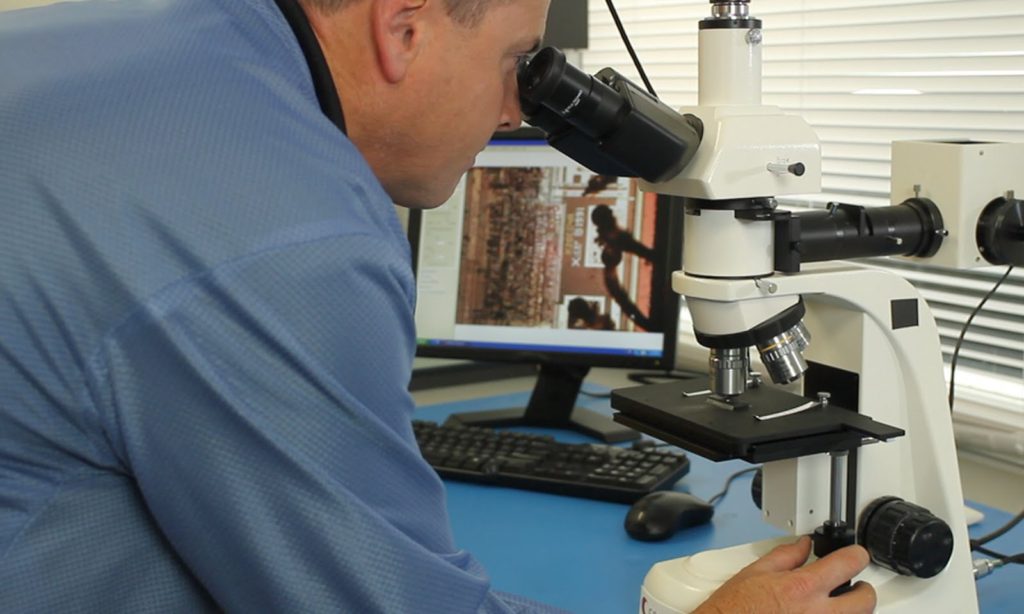Posts Tagged ‘reverse engineering chip encrypted archive’
 Reverse Engineering MCU Chip ATmega1284P Flash
Reverse Engineering MCU Chip ATmega1284P Flash
Reverse Engineering MCU Chip ATmega1284P which is executed in the reverse order of microcontroller manufacturing, read Flash code from microcontroller ATmega1284P memory, and make ATmega1284P MCU cloning;

Most port pins have alternate functions in addition to being general digital I/Os. Figure 37 shows how the port pin control signals from the simplified Figure 34 can be overridden by alternate functions.
The overriding signals may not be present in all port pins, but the figure serves as a generic description applicable to all port pins in the AVR mcu chip family.
When this bit is written to one, the pull-ups in the I/O ports are disabled even if the DDxn and PORTxn Registers are configured to enable the pull-ups ({DDxn, PORTxn} = 0b01) if attack mcu attiny2313 firmware.
See “Configuring the Pin” on page 82 for more details about this feature. OC0A, Output Compare Match A output: The PB7 pin can serve as an external output for the Timer/Counter0 Output Compare.
The pin has to be configured as an output (DDB7 set “one”) to serve this function. The OC0A pin is also the output pin for the PWM mode timer function.
OC1C, Output Compare Match C output: The PB7 pin can serve as an external output for the Timer/Counter1 Output Compare C.
The pin has to be configured as an output (DDB7 set (one)) to serve this function. The OC1C pin is also the output pin for the PWM mode timer function.
PCINT7, Pin Change Interrupt source 7: The PB7 pin can serve as an external interrupt source. OC1B, Output Compare Match B output: The PB6 pin can serve as an external output for the Timer/Counter1 Output Compare B. The pin has to be configured as an output (DDB6 set (one)) to serve this function.
The OC1B pin is also the output pin for the PWM mode timer function when Reverse engineering Mcu chip. PCINT6, Pin Change Interrupt source 6: The PB7 pin can serve as an external interrupt source.